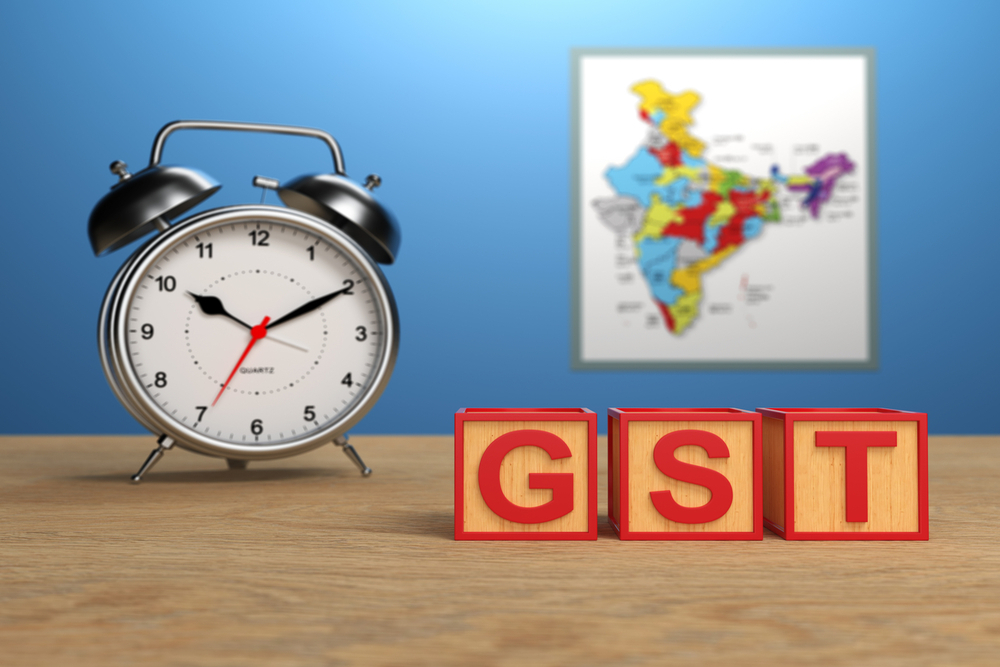Top GST Collection Trends Of 2020
With new methods like e-invoicing and simplified ways of filing returns, GST collection process has become smoother

The Goods and Services Tax (GST) is basically an indirect tax in India on the supply of goods and services. Whenever the monthly GST collections cross Rs 1 lakh crore, there is a cheer in the atmosphere. Despite the blow to the economy on account of COVID-19, the collections for the months of October and November 2020 crossed the Rs 1 lakh crore mark – a development laudable and praiseworthy.
However, there is a bit of sluggishness in the indirect tax collection machinery of the country which needs to be fixed so that GST can grow in double-digits. Moreover, states’ own tax revenues have been rather less as compared to the share of the taxes that come in from the Centre.
Trends in GST Collection
When GST was rolled out back in 2017-2018, it was hit by teething troubles related to return filing, as a result of which the Centre gave numerous concessions to taxpayers. By 2018-19, the first full year subsequent to the rollout, the average monthly collections grew by 9 per cent as compared to the previous year. But as the growth of GDP skidded in 2019-20, the GST collections also became a bit slack at 3.86 per cent in that year. Therefore, majorly due to the dip caused in April and May, the projected average collections for 2020-21 are 18 per cent lower.
An analysis of the trends in tax growth for the Centre shows a steady increase in the income tax collections between 2011-12 and 2019-20, clocking a compounded annual average growth rate of 16.5 per cent. The Centre lowering the IT rate for low-income groups, rise in surcharges and cess for high-income earners, and gradual growth in the tax base have all helped. Except for 2014-15 and 2018-19, the growth in income tax collection has been in double-digits all other years – even in 2019-20 despite the economy slowing down. Even corporate tax collections have been linked to economic growth.
Rate hikes and greater coverage have contributed significantly towards increasing GST collection. E-invoicing and the new simplified GST return filing procedure made it more convenient for the government to go about collecting the indirect tax. From June to August 2020, revenue collections further witnessed a steady improvement and were recorded to be around 10 per cent lower than those in the corresponding months in the previous year. The rise in economic activity could also be gauged from the number of e-way bills generated in July 2020 (4.83 crore) compared to those in July 2019 (5.21 crore) signalling that the supply chains have got back on their feet swiftly. The months of September and October 2020 saw an increase of 4 per cent and 10 per cent in revenue collections as compared to the last year.
Overall, GST revenue collections for the period of April to October 2020 accounted to be approximately 20 per cent lower than the collections in the corresponding period in 2019 – an outcome still much better than what many would have predicted about 6 months ago.
Impact on the National Economy
Though much of it would depend on how the COVID-19 pandemic situation pans out and whether the economic activity will carry on unhindered, the growth in GST revenue collections provides an optimistic outlook for the economy and augurs well for the Central government. It is an indication that business operations are gradually returning to normalcy.
Also, high revenue collections tend to give the Centre some fiscal space so that it can consider providing some more GST-related stimulus, especially for the hardest-hit MSMEs during the coronavirus pandemic. The collection trends are also pointing towards a possibility of GST rate rationalisation in the coming few months. In addition, the government is analysing these trends in GST collection and working to align policies with the new normal. For instance, the lockdown saw an upsurge in online sales, and so more people are being encouraged to use the online platform for doing business.
GST audits and scrutiny are rapidly picking up as well. With greater use of technology, there is now a greater integration and co-ordination between direct and indirect tax authorities. All these factors together are much likely to have a positive effect on GST collections over the next many years.
Summing Up
With new methods like e-invoicing and simplified ways of filing GST returns, the GST collection process has become a lot smoother. And going as per the collection trends, even a modest increase in the revenue collection shows that economic recovery is underway.
The author is Co-Founder and Director, Busy Accounting Software









